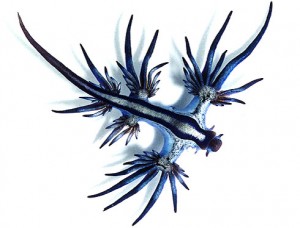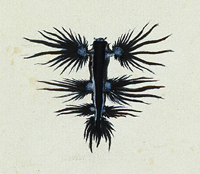
Writing in the Guardian, Ben Goldacre reveals the shocking truth about the drugs that doctors prescribe: thanks to aggressive manipulation from the pharmaceutical companies and passivity from regulators, doctors often don't know that the drugs were ineffective (or harmful) in a majority of their clinical trials. That's because pharma companies set up their trials so that they the right to terminate ones that look unpromising (or stop them early if they look promising and report on the result partway through as though it reflected the whole trial), and to simply suppress the results of negative trials.
As a result, doctors -- even doctors who do their homework and pay close attention to the published trials, examining their methodology carefully -- end up prescribing useless (or harmful) medicines. And according to Goldacre, this is true of all doctors in every country, because every country's regulators allow pharmaceutical companies to cynically manipulate research outcomes to increase their profits. As Goldacre points out, a 2010 Harvard/Toronto study showed that "85% of the industry-funded studies were positive, but only 50% of the government-funded trials were" -- and in another analysis, industry-funded trials of statins "were 20 times more likely to give results favouring the test drug."
What's more, when scientists blow the whistle on this life-threatening criminality, they're smeared and hounded by the pharma companies, as happened when Danish scientists published a study critical of industry-funded trials in the Journal of the American Medical Association. After the study was published, Lif, the Danish pharmaceutical industry association, called for professional misconduct investigations into the researchers, though they couldn't provide any evidence of the alleged misconduct. Though the researchers were cleared of all wrongdoing, their employers were given copies of the accusations of scientific dishonesty, as did "the Danish medical association, the ministry of health, the ministry of science and so on."
This long piece is an excerpt from Goldacre's forthcoming book, Bad Pharma: How drug companies mislead doctors and harm patients.
Sometimes trials are flawed by design. You can compare your new drug with something you know to be rubbish – an existing drug at an inadequate dose, perhaps, or a placebo sugar pill that does almost nothing. You can choose your patients very carefully, so they are more likely to get better on your treatment. You can peek at the results halfway through, and stop your trial early if they look good. But after all these methodological quirks comes one very simple insult to the integrity of the data. Sometimes, drug companies conduct lots of trials, and when they see that the results are unflattering, they simply fail to publish them.
Because researchers are free to bury any result they please, patients are exposed to harm on a staggering scale throughout the whole of medicine. Doctors can have no idea about the true effects of the treatments they give. Does this drug really work best, or have I simply been deprived of half the data? No one can tell. Is this expensive drug worth the money, or has the data simply been massaged? No one can tell. Will this drug kill patients? Is there any evidence that it's dangerous? No one can tell. This is a bizarre situation to arise in medicine, a discipline in which everything is supposed to be based on evidence.
And this data is withheld from everyone in medicine, from top to bottom. Nice, for example, is the National Institute for Health and Clinical Excellence, created by the British government to conduct careful, unbiased summaries of all the evidence on new treatments. It is unable either to identify or to access data on a drug's effectiveness that's been withheld by researchers or companies: Nice has no more legal right to that data than you or I do, even though it is making decisions about effectiveness, and cost-effectiveness, on behalf of the NHS, for millions of people.
In any sensible world, when researchers are conducting trials on a new tablet for a drug company, for example, we'd expect universal contracts, making it clear that all researchers are obliged to publish their results, and that industry sponsors – which have a huge interest in positive results – must have no control over the data. But, despite everything we know about industry-funded research being systematically biased, this does not happen. In fact, the opposite is true: it is entirely normal for researchers and academics conducting industry-funded trials to sign contracts subjecting them to gagging clauses that forbid them to publish, discuss or analyse data from their trials without the permission of the funder.
Just read it. There's so much more. Paroxetine, a drug that was known to be ineffective for treating children, which had a risk of suicide as a side-effect, widely prescribed to children, because GlaxoSmithKline declined to publish its research data after an internal memo stated "It would be commercially unacceptable to include a statement that efficacy had not been demonstrated, as this would undermine the profile of paroxetine."
The drugs don't work: a modern medical scandal




















